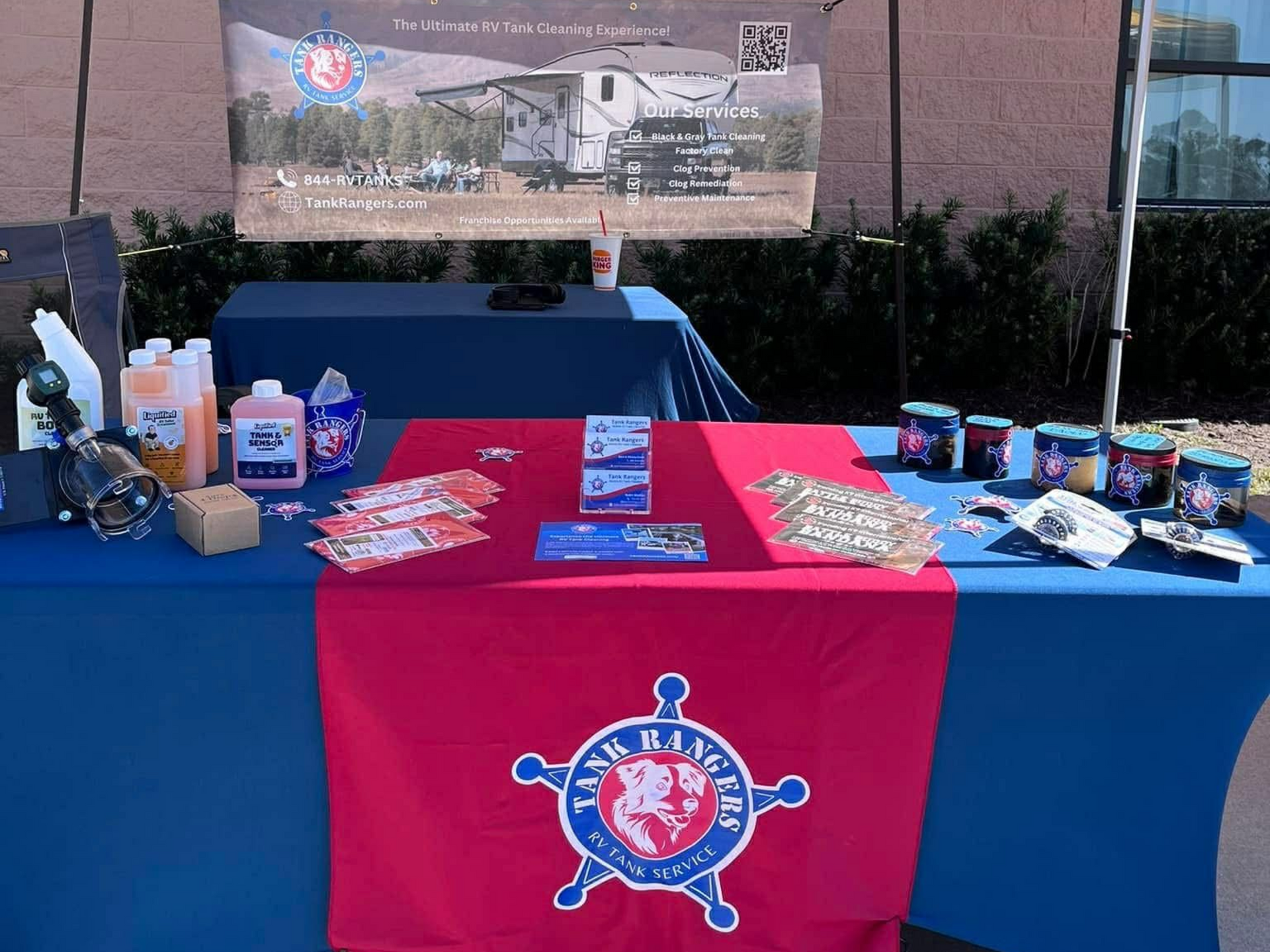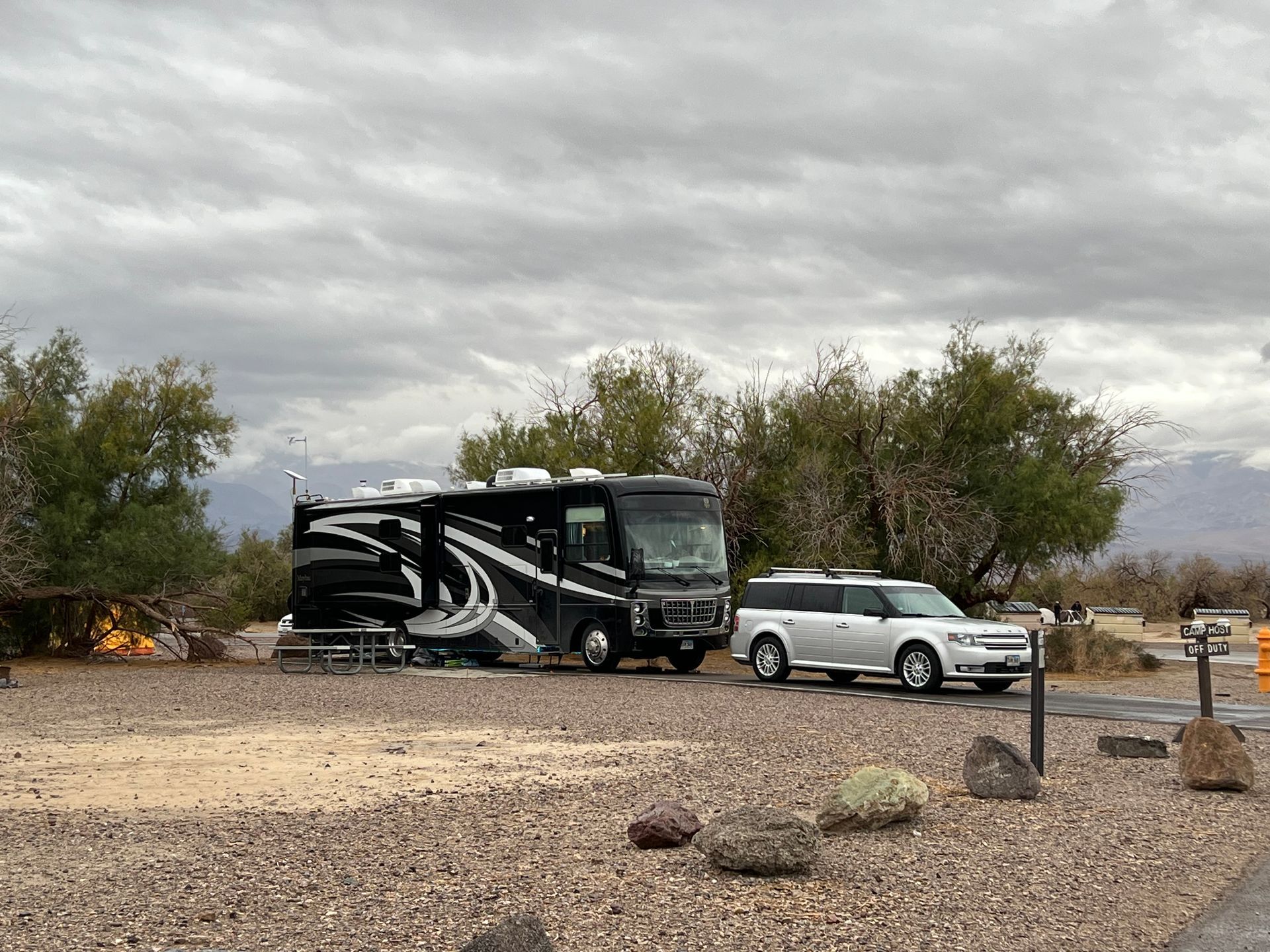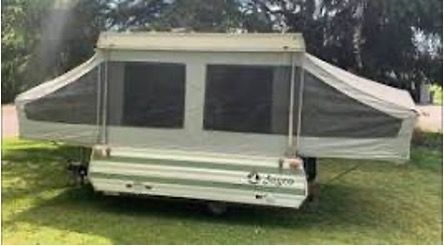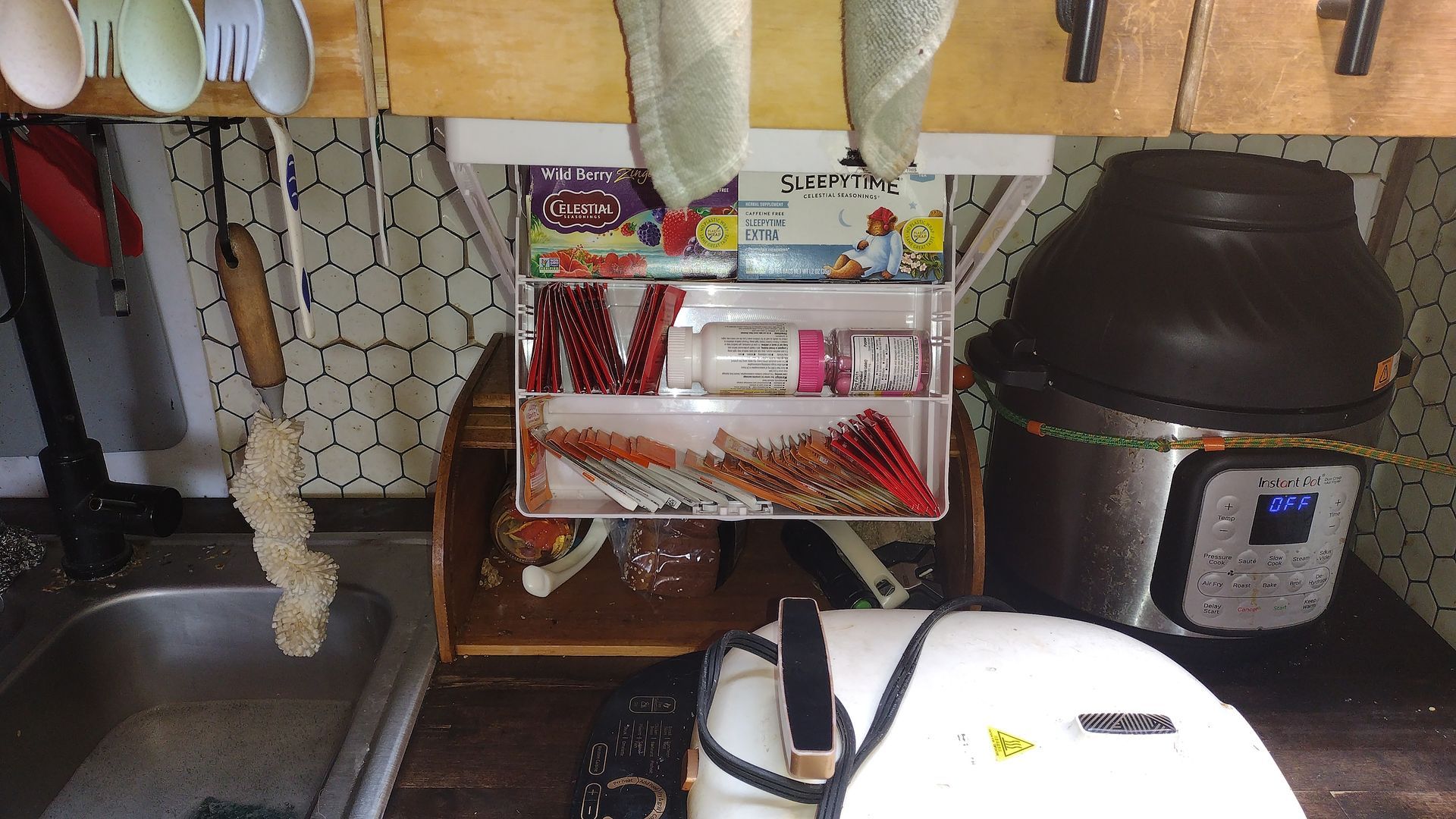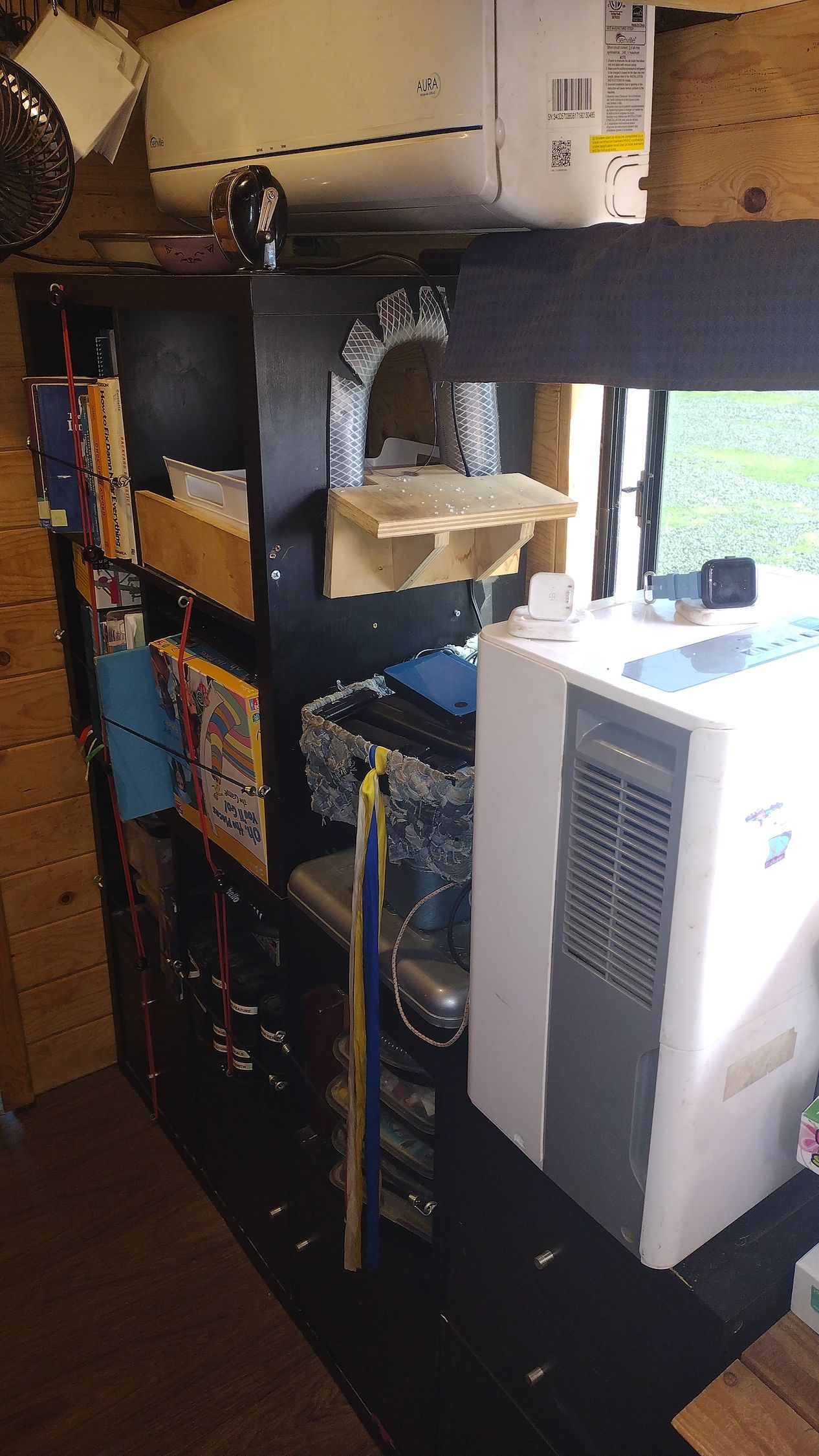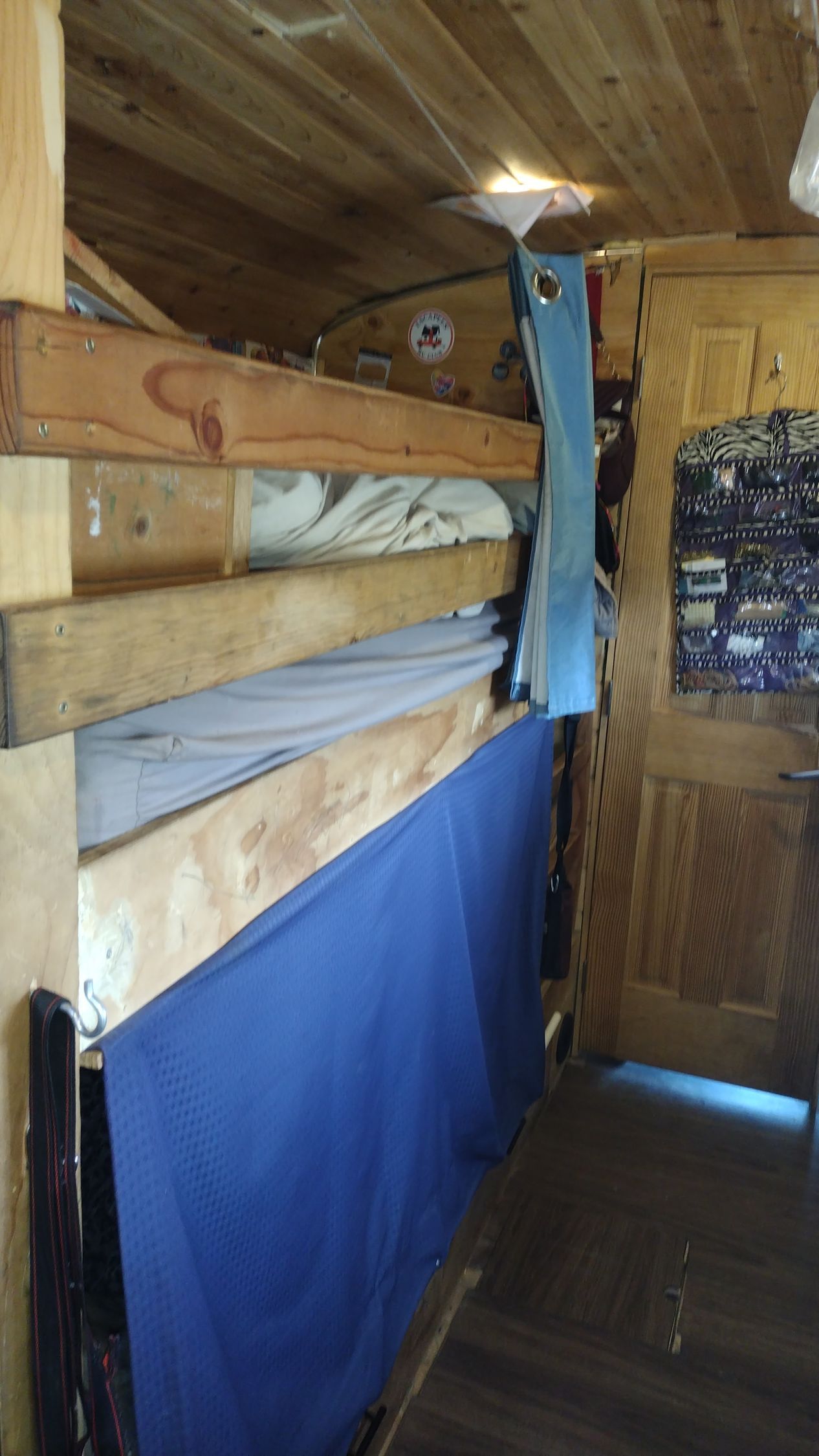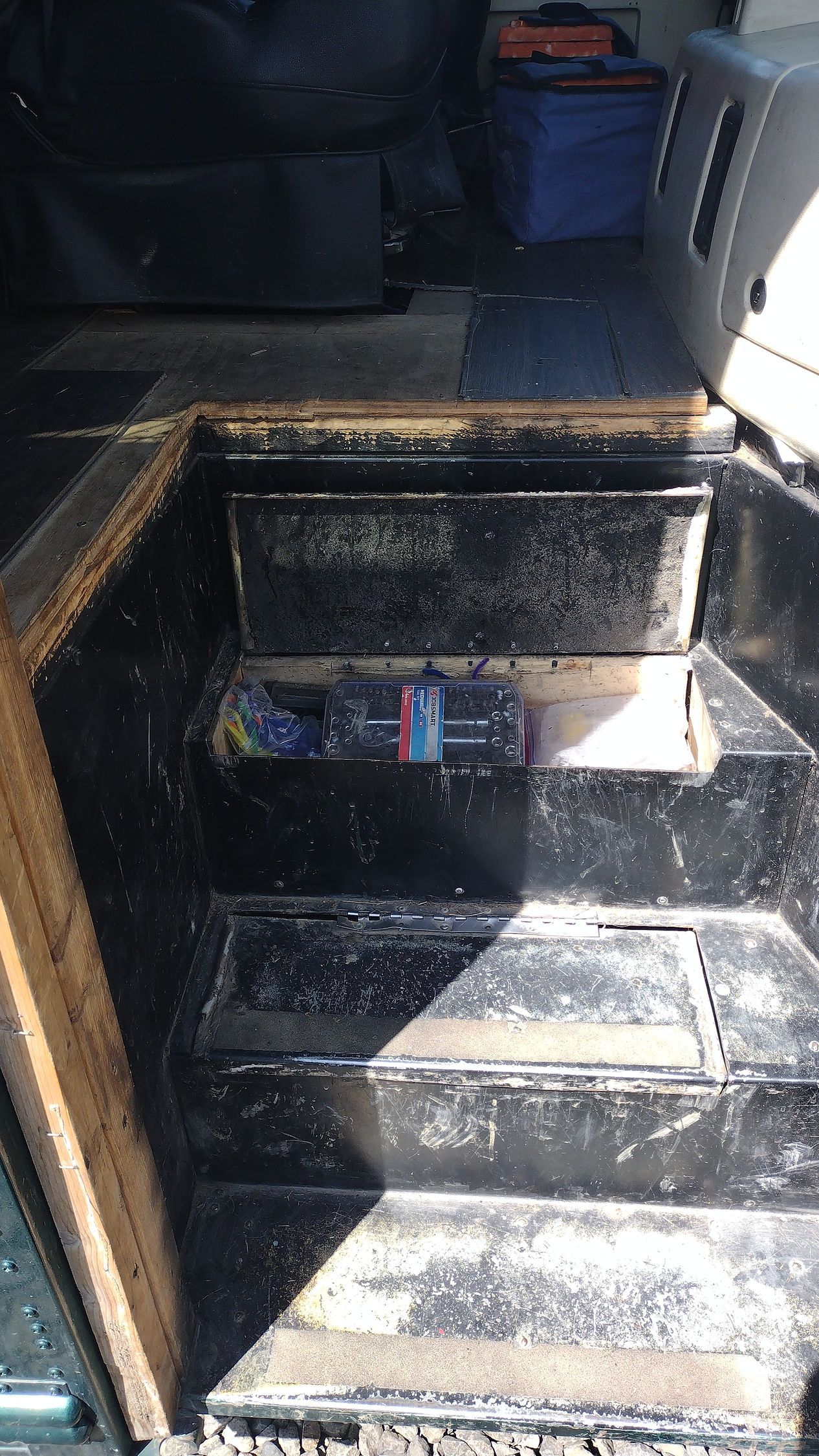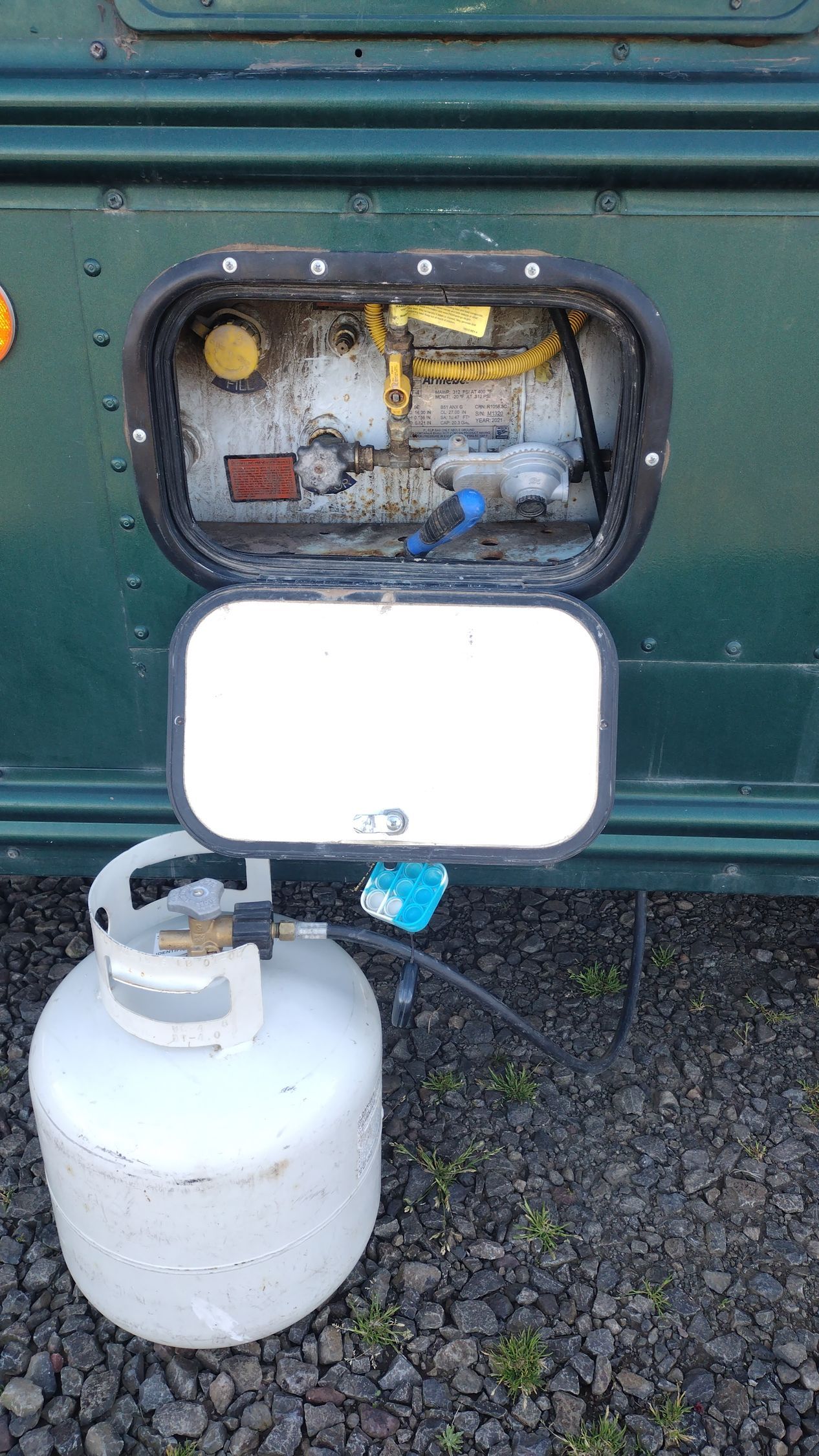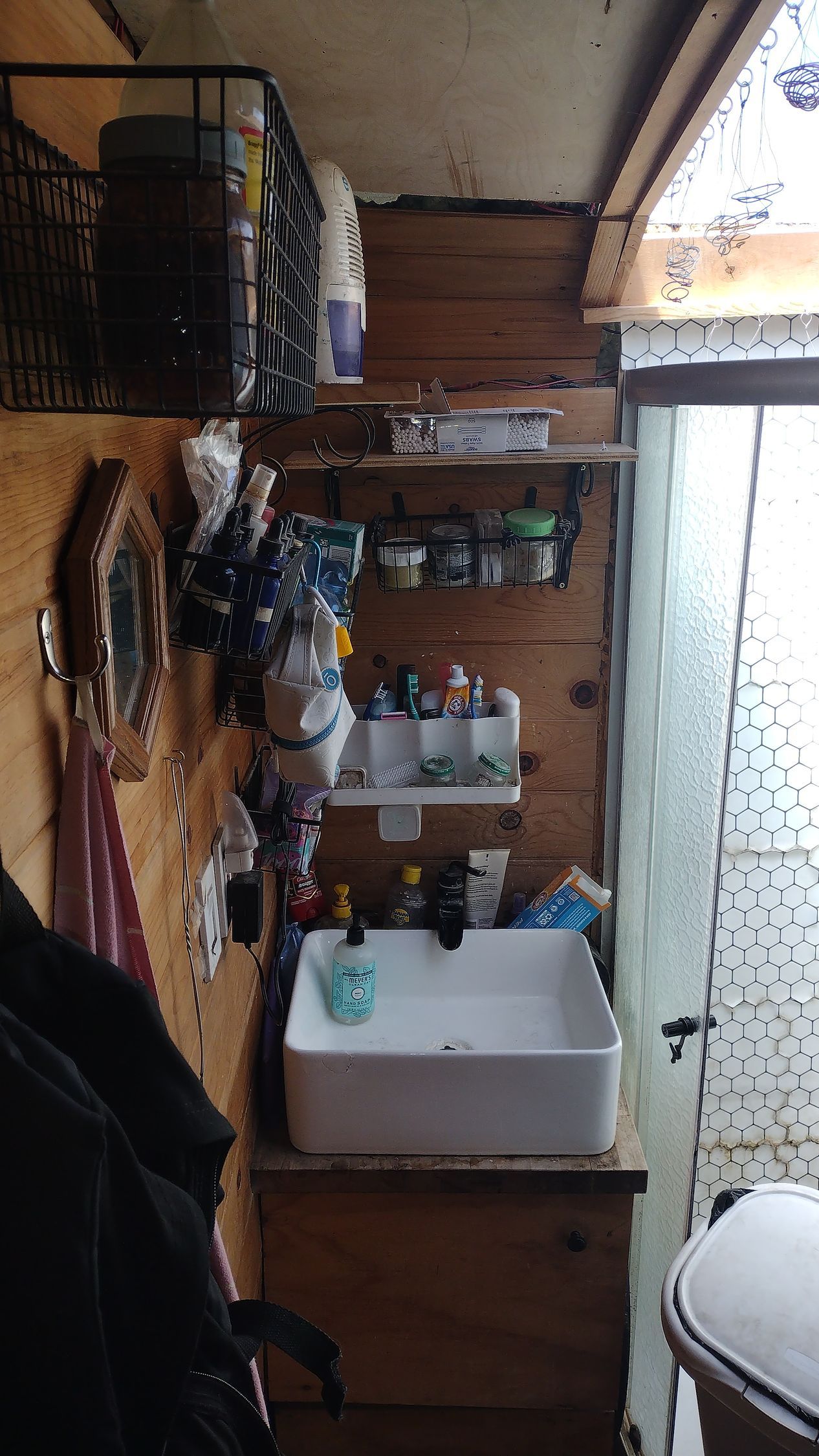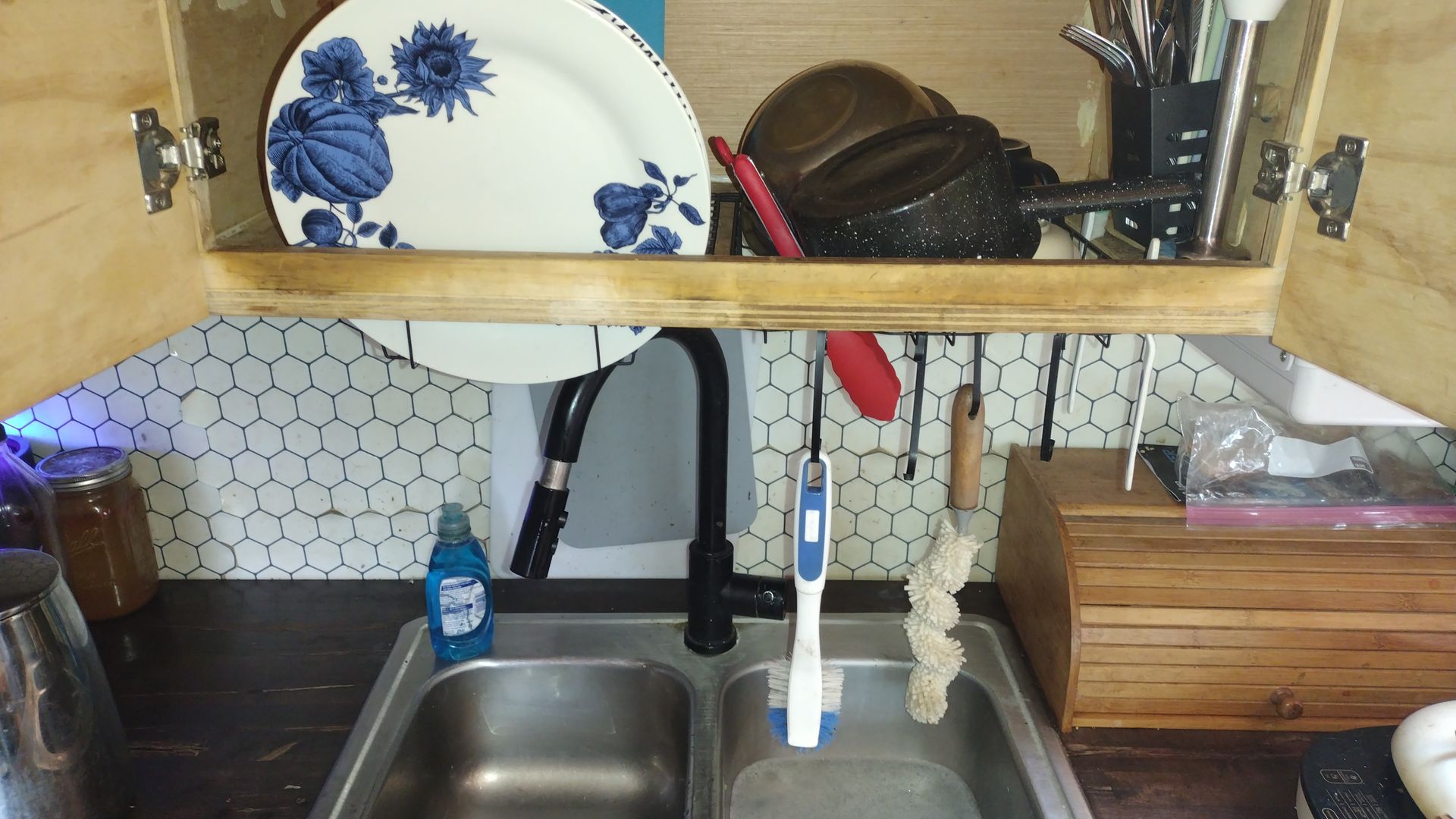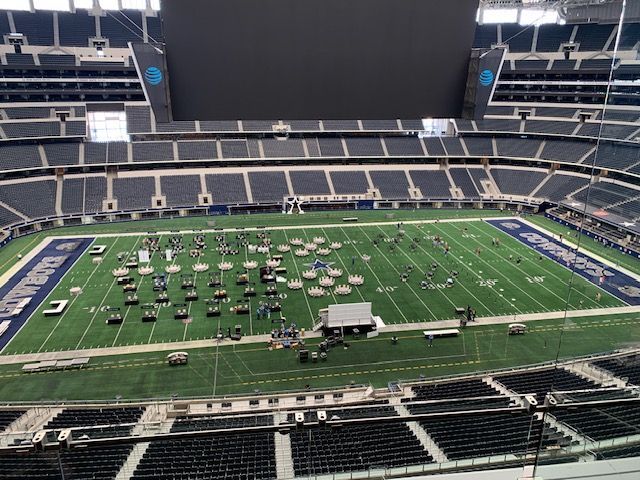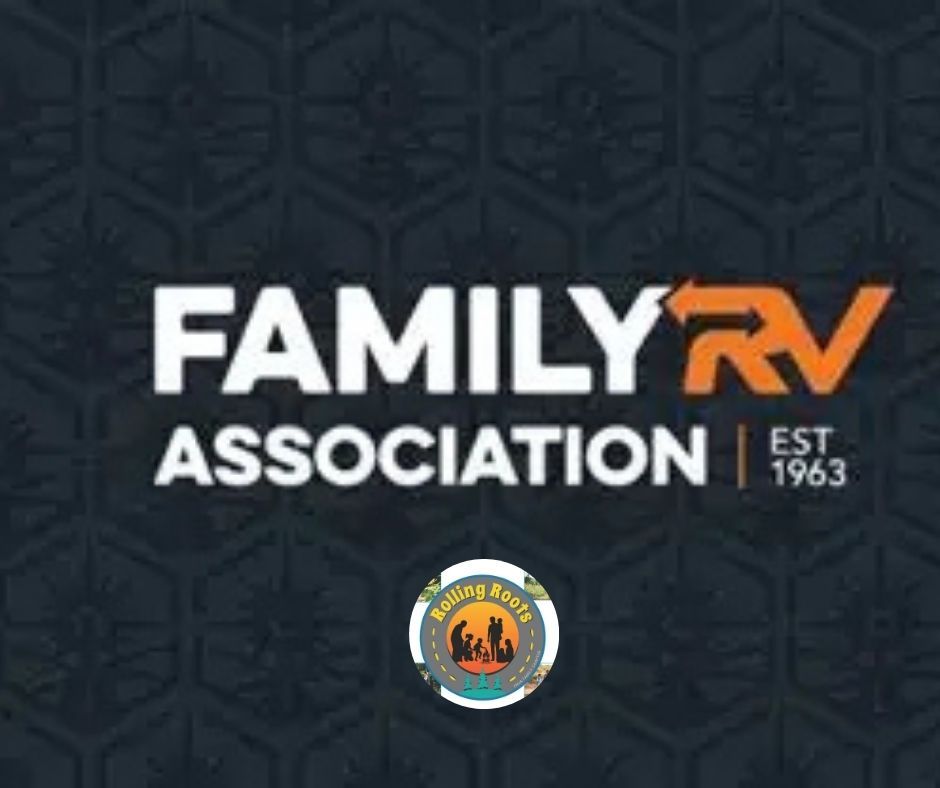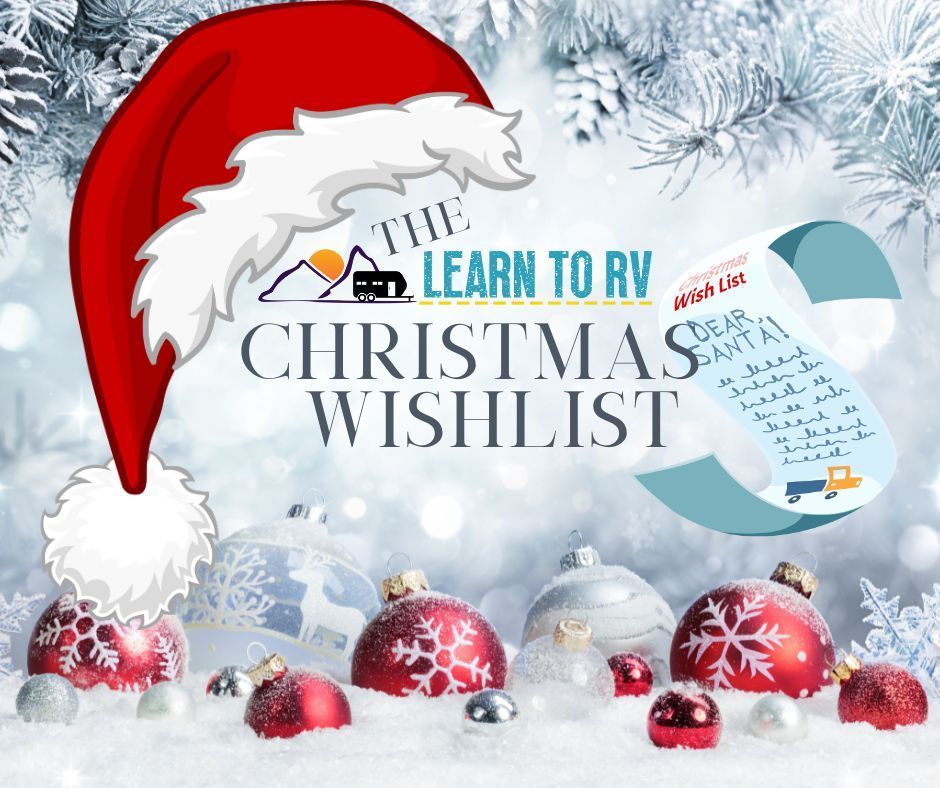Skoolie Pros and Cons: Our Honest Experience
Ashley Wright • June 2, 2025
Why We Chose a Skoolie
When my family first decided to sell our farm and travel instead, we started by looking at fifth wheels and toy haulers. They seemed the most stable with the most room. However, the truck we had was just a little ¾ ton. Theoretically, he might have been able to pull a rig, but not safely or sanely (at least, not one as big as we wanted). So we would need a new truck, and I wanted a diesel dually for optimal safety and towing capability. In 2021, when we were looking, they weren’t exactly thick on the ground in the PNW and could have easily cost us over 80k (even used). Yikes! Add the price of an RV and we were looking at a really expensive investment.
One final but important consideration was traveling logistics. We have 2 kids, a dog, a cat, and a rabbit. They all get crated on drive days. If we’d gone the truck and 5th-wheel route, I’d probably have to drive another car separately just to have safe room for everyone. By going with a skoolie, we can all travel safely together.
I saw a FB ad for a company that converted skoolies and it got me thinking. I’d always immediately discounted a conversion because we didn’t have anywhere we could put a bus, my husband worked full-time, I have bad wrists that limit how much physical work I can do, and we had two small children. However, if we could have someone do the work for us, maybe it would be better than a commercial RV.
We got in touch with the company and started talking approximate costs. It was still expensive (about 130k, if I’m remembering correctly), but some setups with a commercial RV would have cost us more. We were also pretty excited to be able to design it for ourselves, around our needs.
A couple of quick caveats:
1) The company we went with wasn’t that great and is out of business now. Unfortunately, I can’t give you a good recommendation here. I have yet to hear a good story.
2) Prior to moving into our bus, we spent a cumulative total of about 5 minutes in small travel trailers that others had. To say that we changed a lot would be an understatement.
Pros of Skoolies:
- You can design it and customize it yourself so it fits your needs better.
- The solid metal shell feels very safe.
- Solid wood inner walls make decorating and changing things really easy.
- Much higher gross vehicle weight rating than most RVs (our 40’ bus weighs about 16 tons fully loaded with full tanks and has a GVWR of over 18 tons).
Cons of Skoolies:
- Since they’re not made in a factory, they can’t be RVIA certified. This can make camping at some parks more challenging.
- They’re custom-made, so consistency isn’t really a thing. When you need to fix something, you have to learn how your system works.
- Finding a place that will do repairs can be challenging. We have to go to a Freightliner dealer or shop in order to get engine work done. We do repairs to house systems ourselves.
- Since it weighs so much, we have to watch weight limits on bridges.
Our Favorite Features of Our Skoolie
After listing these out, I realize that we have a lot of favorite features! I think it’s safe to say that we really love our setup. Use this list as inspiration for what you can do with your rig and for different ideas.
- Our drive bay. Our kids were just 6 and 8 when we left, so still pretty little, and we were concerned about safety. We had the builder install real seats with actual seat belts so everyone could be safely strapped in. Behind the seats, we have a reinforced 2-inch wall and a solid wood door keeping all our possessions from becoming projectile weapons. While we decided to do this for safety, it’s had a number of other benefits:
- Skoolies are notoriously insecure. (I’m sure you’ve seen a bus driver reach through their window from the outside to open the front door of the bus.) We had to jerry-rig some safety measures to keep our front door from opening on the highway, so we know that door isn’t secure! But we’re able to have better security with that inner door.
- People aren’t looking into our living room while casually walking by the front of our bus.
- The drive bay makes a great catch-cage for our pets so our dog isn’t escaping every time my husband walks outside.
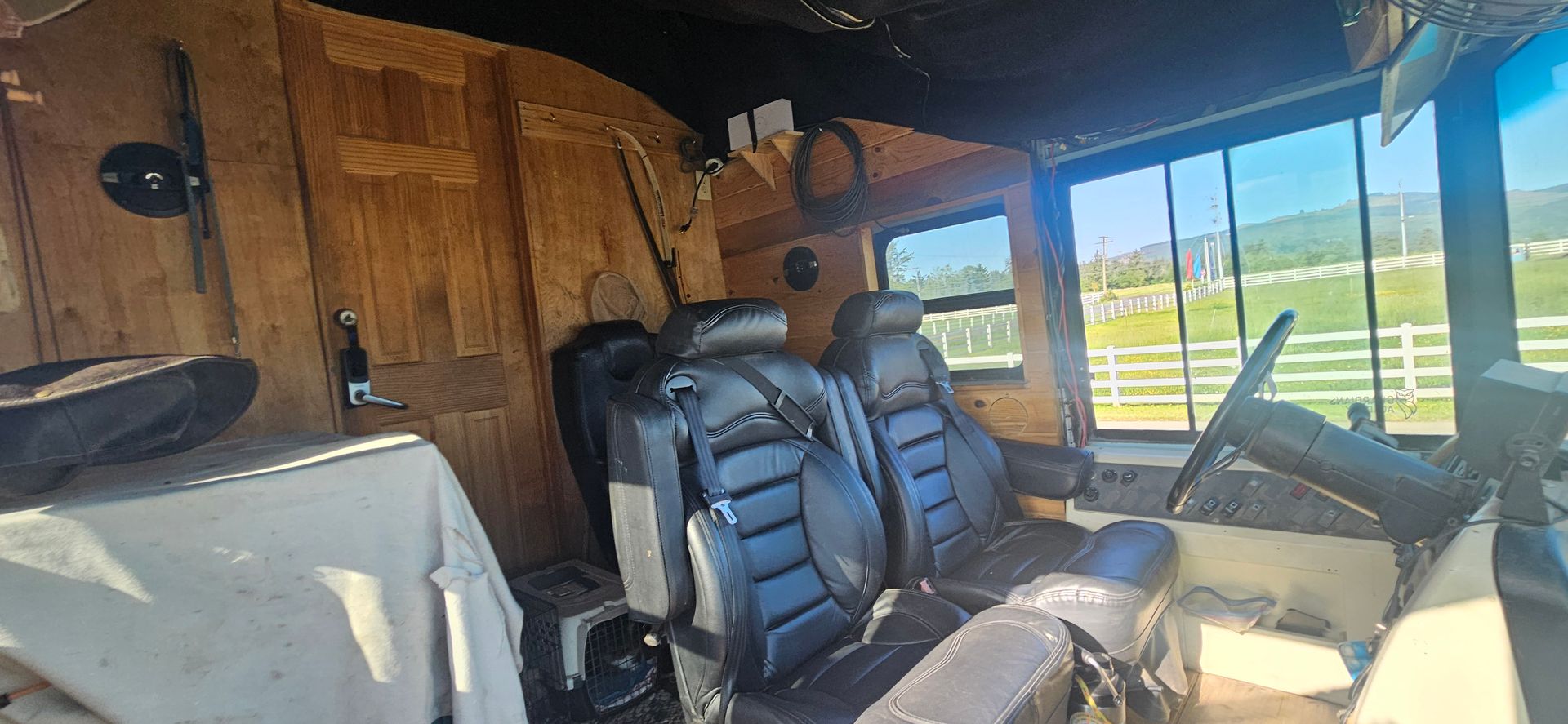
- Storage in our front steps! One step stores shoes and the other stores tools my husband needs to access more often.
- Our Separett dry toilet. This can be a hot topic, but hear me out. Benefits of our dry toilet:
- We’ve never had the infamous “poop pyramid.”
- We save gobs of water so can stay out boondocking for 2-3 weeks without having to get more water (and that’s with 2 kids, 3 pets, and no stringent water conservation efforts).
- Emptying our toilet is as simple as pulling out the bag lining the bucket, throwing it away in any dumpster, and replacing with a new bag (we use large black trash bags).
- The one time we had bugs settle in, they were relatively easy to get rid of. Empty and clean the toilet, dump and close the gray tanks, and voila!
- Our urine diverter is plumbed directly into our gray tanks, so we never have to carry a bottle of pee anywhere.
- Sliding doors to the bathroom and our bedroom preserve privacy and allow for “alone time.”
- Designated extra long bunks for the kids that don’t convert into anything else, nor do they have to be lifted to get to clothes or other storage. My husband and I are both tall, and we didn’t want our kids to have to worry about outgrowing their bunks.
- Kids’ bunks at the front of the bus (behind the inner door) and our bedroom at the back means we have some separation at night.
- Kallax across from our kids’ bunks stores books, games, art supplies, doll clothes and accessories, STEM toys, and other open-ended activities for our kids.
- Cabinets running down the length of our bus, just under the roof. My husband thought we’d store food in them, but most of them store games and the rest store more herbal remedies.
- Outdoor storage bays. We wanted passthrough storage, but that bus was considerably more expensive. However, with two separate ones, my husband is able to store his tools in one. The other one has pet food, our front porch, and outdoor toys for the kids.
- The roof raise! My husband is 6’4”, so this was something I insisted on, and I’m so glad I did. Not only do we not have to stoop, but it also gives us more room above the windows for our cabinets and the kids have more headroom in their bunks.
- Tons of solar, good lithium-ion batteries, and 2 inverters mean we rarely have to worry about power. We went the first couple months before we ever plugged in, and didn’t get a generator until we’d been on the road about 2 years.
- Large fresh and waste water tanks mean we can still take the occasional shower while boondocking.
- Relatively high clearance means it’s pretty easy to get under the bus for maintenance, my preferences keep us on nicer roads than our bus requires, and we were even able to safely drive through some pretty deep water in Louisiana once.
- Skylights help keep our bus from feeling like a cave. One of the first things I did was create a cover for the skylight in the kitchen, as it does let a lot of heat pass through, but since we aim for good weather, it’s not usually a problem. The bathroom skylight helps heat up that room, making for much more comfortable showers.
- Our windows. Since the builder was doing a roof raise anyway, we had them take out all the old bus windows and install RV windows. They weren’t able to install as many as I originally wanted (for safety), but they’re tinted and have screens. Plus, it makes our bus-ness less obvious.
- Large on board propane tank and an “auxiliary tank.” When my husband suggested getting a regular propane tank (like the kind used with BBQs and that you can exchange) and plumbing it into our system, I was skeptical. However, it’s made things so much easier! It’s a bit of a pain to refill our main propane tank, especially if we’re workamping somewhere with FHU so don’t otherwise have to move our rig. By mostly using the auxiliary tank, our main tank lasts a long time (but when our auxiliary tank runs out, we don’t have to refill it immediately because we still have our main tank).
- We tow a small car (Ford Fiesta) that makes it really easy to explore cities in. Once we park our bus, we don’t have to worry about heights, parking space sizes, or weight limits on bridges. It’s also important to scout before heading into unknown boondocking areas. Tow trucks won’t leave pavement, so we’re very careful not to get our bus stuck somewhere.
Favorite Accessories
- Fingerprint lock on our inner door. We didn’t want to have to worry about the kids carrying around or losing keys, nor did we want to have to count on them remembering a code (I’m terrible at remembering them!). We have to reprogram fingerprints as the kids grow, but that’s only had to happen once in 3 years, so it’s not that big of a deal.
- Hanging on the back of our inner door is a jewelry organizer that is our “junk drawer.” It has everything from hair ties and shoe laces to rubber bands and zip ties. Organization makes a small space much easier to live in!
- Wire baskets! We have one right by our inner door that keys go in. I love that we rarely have to look for keys (especially important as we only have 1 copy to turn our bus on … we still need to get another made). Then we have several more baskets in our bathroom, mostly for herbal remedies I’ve made.
- Under-cabinet tea organizers give us more ORGANIZED storage space. We have two and love them!
- Fireproof envelopes protect important documents and keep them all together.
- The bottom shelf of our cabinet over our sink is a drying rack. This means dishes drip straight into our sink and we can also drive with them still in the drying rack (our plates live permanently in the drying rack).
To see specifics about our rig, check out the page on our bus build. If you have questions about anything, make sure you leave a comment on that page and my husband will get back to you.
We’ve seen everything from individual people to large families enjoying traveling in everything from converted vans to large skoolies like ours. Some convert activity buses or city buses, while others stick to school buses. The possibilities are truly limitless! At the end of the day, it’s all about creating a life and home that works for your family.
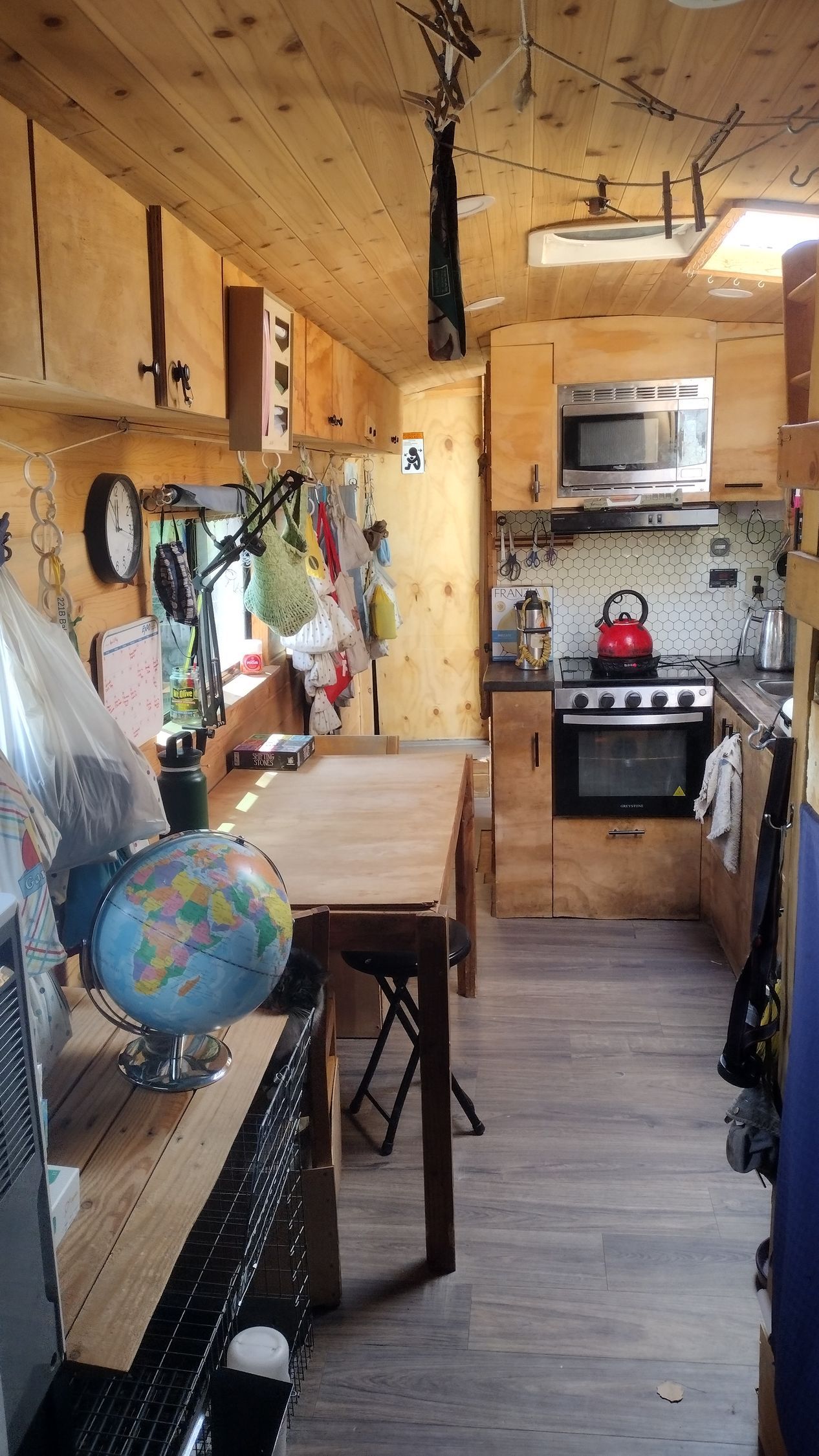
Other blogs you might like...
